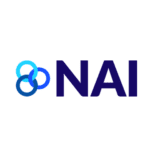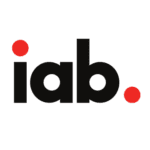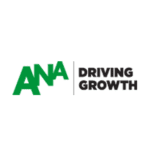As a marketer, understanding your target audience through donor customer acquisition data is crucial for creating effective marketing strategies in multiple arenas from business to nonprofit work. One important piece of information that can be used to better understand your audience is their donor information. Donor information can provide valuable insights into your audience’s interests, values, and habits, and can help you tailor your marketing efforts to better resonate with them. In this blog, we will explore what a marketer can do with donor information and how it can be leveraged to improve marketing outcomes.
Spot Loyal Customers or Potential Customers
Firstly, donor customer acquisition data can help marketers identify their most engaged and loyal customers. By analyzing the frequency and amount of donations made by a site visitor to a nonprofit, religious organization, or political party, marketers can identify their most dedicated supporters. These supporters are likely to be receptive to marketing efforts and can be targeted with messaging that acknowledges their dedication and encourages them to continue supporting their personal missions through aligned actions – like purchasing eco-friendly products if they regularly donate to environmental organizations.
Creation of Targeted Marketing Campaigns
Donor information can be used to segment audiences and create targeted campaigns. By grouping site visitors based on their donation history, marketers can create tailored messaging and promotions that speak to the interests and values of each segment. For example, a nonprofit organization could create a campaign specifically targeted at donors who regularly donate larger amounts to their religious or charity commitments, offering them exclusive benefits or recognition for their support when placing a large order or backing a new idea.
Identify Behavioral Trends
Third, donor information can help marketers identify trends and patterns in donation behavior. By analyzing the frequency and amount of donations made by site visitors over time, marketers can identify patterns and trends in their behavior. This information can be used to create campaigns and promotions that capitalize on these trends and encourage donors to give or spend more frequently or at higher levels – for example, a company gives a certain percentage of proceeds to a cause for every product purchased.
Personalize Marketing Messages
Finally, donor information can be used to personalize marketing efforts and create a more personalized customer experience. By incorporating donor information into customer profiles, marketers can create personalized messaging and promotions that acknowledge and reward customer loyalty. For example, a nonprofit organization could send a personalized thank-you message to donors who have made multiple donations in a year, acknowledging their support and encouraging them to continue giving.
In conclusion, donor information is a valuable tool for marketers looking to better understand their audience and create effective marketing strategies. By analyzing donor behavior, segmenting audiences, identifying trends, and personalizing messaging, marketers can create campaigns and promotions that resonate with their audience and encourage them to continue supporting their organization.




